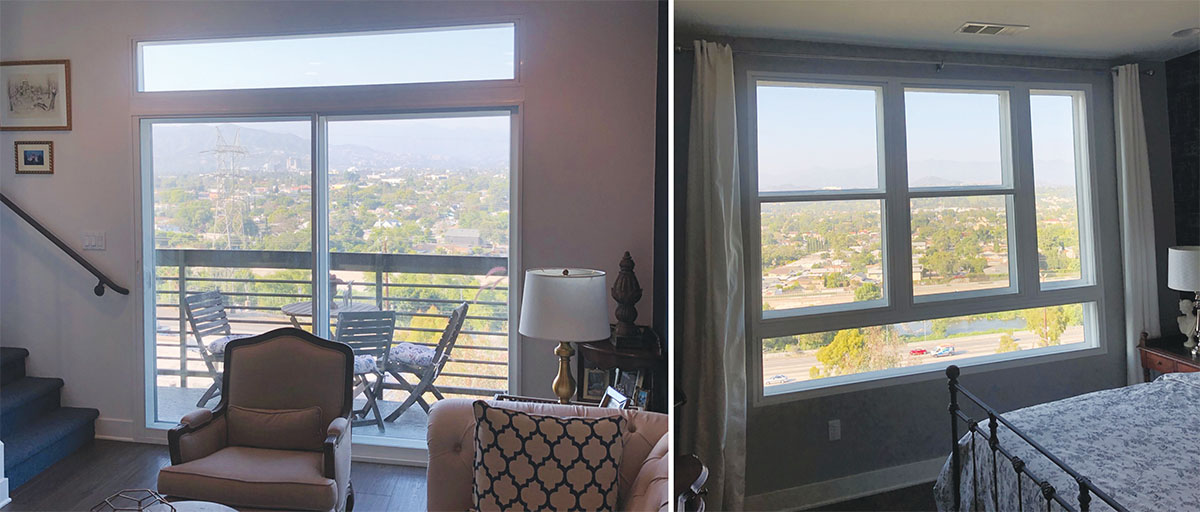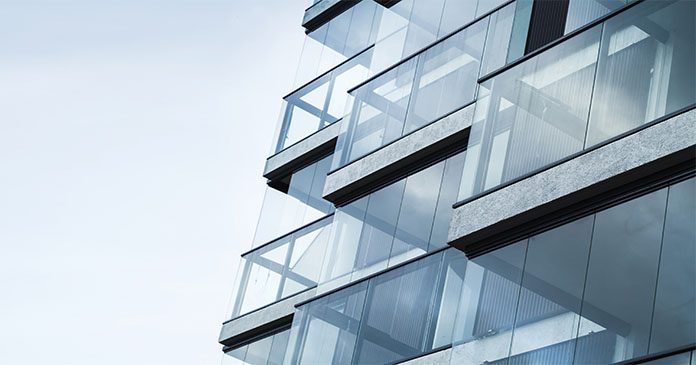To combat the noise from construction and increased traffic, soundproofing is required to preserve a quiet home/work environment and maintain property values.
For developers as well as the owners of homes and commercial sites, the trend toward big construction projects can be not only a blessing, but also a curse—if exposure to greater levels of external noise is not effectively handled.
Whether for airport expansion, stadium construction, or mixed-use property development, on big construction projects the noise from heavy equipment can disturb neighborhood homes and businesses for years—only to be replaced by increased air, vehicular and visitor traffic once it is completed.
While the economic benefits of big construction projects may be great, the loud, continual, external noise can grate on nerves, depress property values, and even become a serious health issue.
Seattle’s construction noise is out of control—and terrible for your health, “Exposure to a noise level of 85 dBA for even one workday can produce hearing loss. Chronic exposure to noise levels as low as 65 dBA can increase adrenaline and stress hormone levels and elevate blood pressure, which increases the risk of heart disease and stroke.” Heavy construction noise is usually much louder than normal conversation (60 dB) and generally on a par with lawnmower noise (90 dB). Because of how detrimental excess noise is, many cities impose construction noise limits and restrictions, as well as noise compliance codes for new construction.
Despite the construction noise challenge, the trend toward big construction projects is a national one. “Across the country, in more than a dozen cities, downtowns are being remade as developers abandon the suburbs to combine new sports arenas with mixed-used residential, retail and office space back in the city,” states a recent N.Y. Times article.
For example, while Los Angeles International Airport continues its expansion nearby, a $2.6 billion stadium is currently under construction in the heart of an Inglewood, Calif. neighborhood for two NFL teams, which is causing significant noise problems. This has prompted the city of Inglewood to spend millions of dollars in public funds to soundproof certain areas of the city.
When it comes to mixed-use properties, external noise can be a particular problem. Mixed-use properties that enable people to live, work, play and shop in a centralized area are one of the hottest types of properties now because they conveniently combine what people want. However, these properties can be excessively noisy to neighbors not only during construction, but also to those who end up living and working in them due to increased traffic and activity.
So, proactively fixing the noise problem in affected neighborhoods is becoming necessary to preserve a quiet home/work environment. To achieve this, industry pros and property owners need to understand that existing windows and patio doors—not walls—account for up to 90 percent of external noise penetration. However, traditional dual pane windows are not actually designed to reduce noise, and there often is not time or money available to do a full-scale window replacement project when a home or commercial development needs to be put up for sale.
Fortunately, a growing number of industry professionals and property owners are discovering how to handle these issues by economically soundproofing the most problematic existing windows and sliding doors (facing traffic etc.) in a matter of hours, using technology derived from recording studios.

Traditional window troubles
Dual pane replacement windows are designed to keep out heat and cold, but not noise. While the seals of a new window provide some noise reduction, the two pieces of glass in dual pane windows are separated by an air space, and sealed into one solid glass unit. Like a drum, this causes both pieces of glass to vibrate together. This drum effect defeats the noise reduction benefit of dual pane windows.
Instead, a growing number of mixed-use developers and property owners are finding a solution to the noise problem with a more modern soundproofing technology.
For example, some are turning to companies like Soundproof Windows, Inc., a company with expertise engineering windows for some of the most noise sensitive environments in the world, such as recording studios.
The company has adapted recording studio window soundproofing technology for residential and commercial properties by creating a secondary soundproofing window that installs inside, behind the existing window. The product is custom designed specifically to match—and function—like the original window. Installation is simple, straightforward, and usually can be completed in about an hour or two.
The inner window essentially reduces noise from entering on three fronts: the type of materials used to make the pane, the ideal air space between original window and insert, and finally improved, long-lasting seals. The combination can reduce external noise by up to 95 percent.
The first noise barrier is laminated glass, which dampens sound vibration much like a finger on a wine glass stops it from ringing when struck. An inner PVB layer of plastic further dampens sound vibrations.
Air space of 2-4 inches between the existing window and the Soundproof Window also significantly improves noise reduction because it isolates the window frame from external sound vibrations.
Finally, the company places spring-loaded seals in the second window frame. This puts a constant squeeze on the glass panels, which prevents sound leaks and helps to stop noise from vibrating through the glass. These spring-loaded seals stay as acoustically sound 15 years down the road as they were on day one.
The company has also created a “second sliding patio door” that can be installed easily inside or outside of the existing door that reduces external sound in similar way. This consists of laminated glass construction, a surface mount aluminum frame, track insert, mounting fin, and a sound insulated movable aluminum sash with rolling mechanism. The product is designed specifically to match and function like the original door and can open and lock separately.
Soundproofing raises value
“When a large, multi-story apartment complex was built in the heart of downtown Los Angeles, next to Union Station, the original patio doors and windows failed to meet the city’s noise compliance code for new construction,” said Ryan Sanquist, president of Ryan Sanquist Installations (RSI), a contractor specializing in patio door and window installation for commercial properties.
Because tearing these out and starting over would balloon costs, soundproofing about 150 existing patio doors and 350 existing windows was the option chosen, according to Sanquist.
To resolve the situation as well as improve rental values, sliding glass doors and windows from Soundproof Windows were added to the project.
“The soundproofing quickly handled the noise issue for the apartment building developer, its property manager, and its tenants,” said Sanquist. “It became a more desirable place to live, capable of satisfying code and sustaining higher rental rates than it otherwise would have.”
The bottom line for developers of big construction projects as well as neighborhood homeowners is that by selectively soundproofing the windows and sliding glass doors that are most problematic, they can quickly handle any external noise issues. This can not only help to preserve a quiet home and work environment amid construction and traffic noise, but also maximize the selling or rental price.
Author Del Williams is a technical writer based in Torrance, California.
















